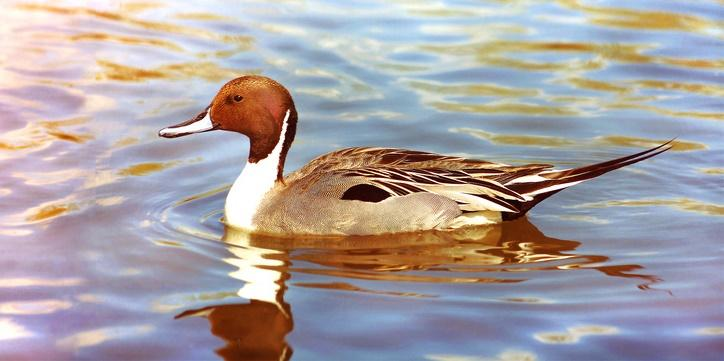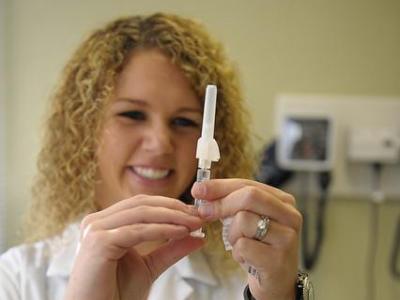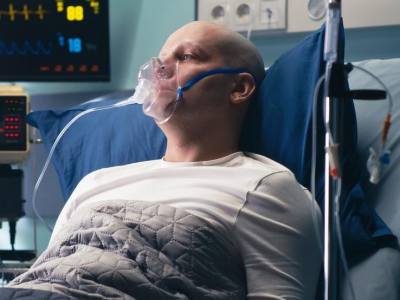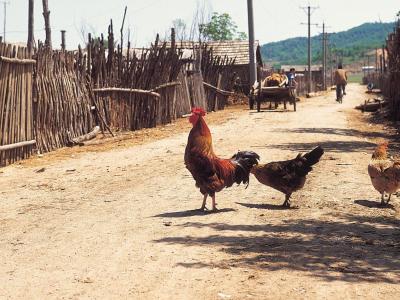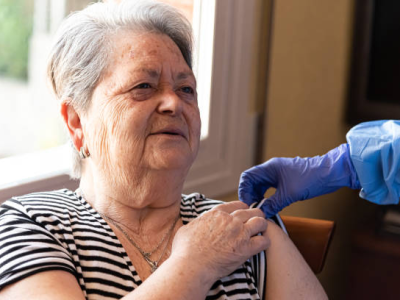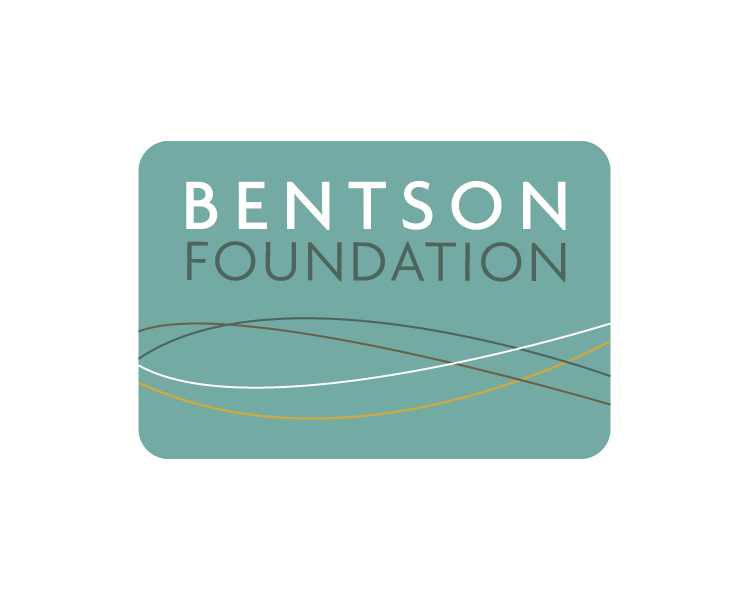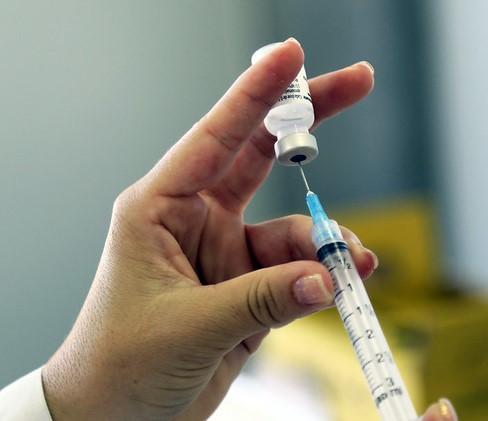
Almost 20 years have passed since the US recommended the human papillomavirus (HPV) vaccine to prevent cancers and other diseases caused by HPV, and a new study shows a major drop in precancer incidence among women who were most likely to have been vaccine recipients.
In a new study in Morbidity and Mortality Weekly Report, the authors say the first recipients of the vaccine have now been screened for cervical cancer, and precancer incidence has decreased 80% among screened women aged 20 to 24 years.
The study describes trends in incidence of precancerous lesions tracked by the Centers for Disease Control and Prevention (CDC) from 2008 through 2022. During that period, rates among women aged 20 to 24 decreased by 79% to 89%, while rates among women aged 25 to 29 years old decreased by 37%.
Vaccination before sex initiation most effective
"The data are consistent with a considerable impact from the U.S. HPV vaccination program on cervical precancers, with the largest decreases in the youngest age group for which benefit of vaccination would first be observed," the authors wrote.
The data are consistent with a considerable impact from the U.S. HPV vaccination program on cervical precancers.
During 2018 to 2022, all women aged 20 to 24 years would have been eligible for vaccination at the routine age—11 or 12 years—in 2006, the authors said. Vaccination at that age is more effective because it precedes exposure to HPV through sexual contact.
"Although some women in age groups 30–34 years and older would have been vaccinated, less impact is expected among women in this age group at this time because they were only eligible for catch-up vaccination, at ages when many women are already sexually experienced and therefore likely to have been infected with HPV," the authors noted.
